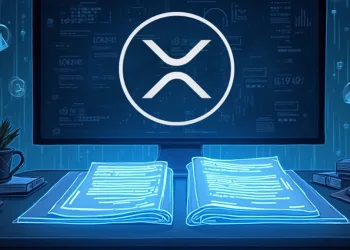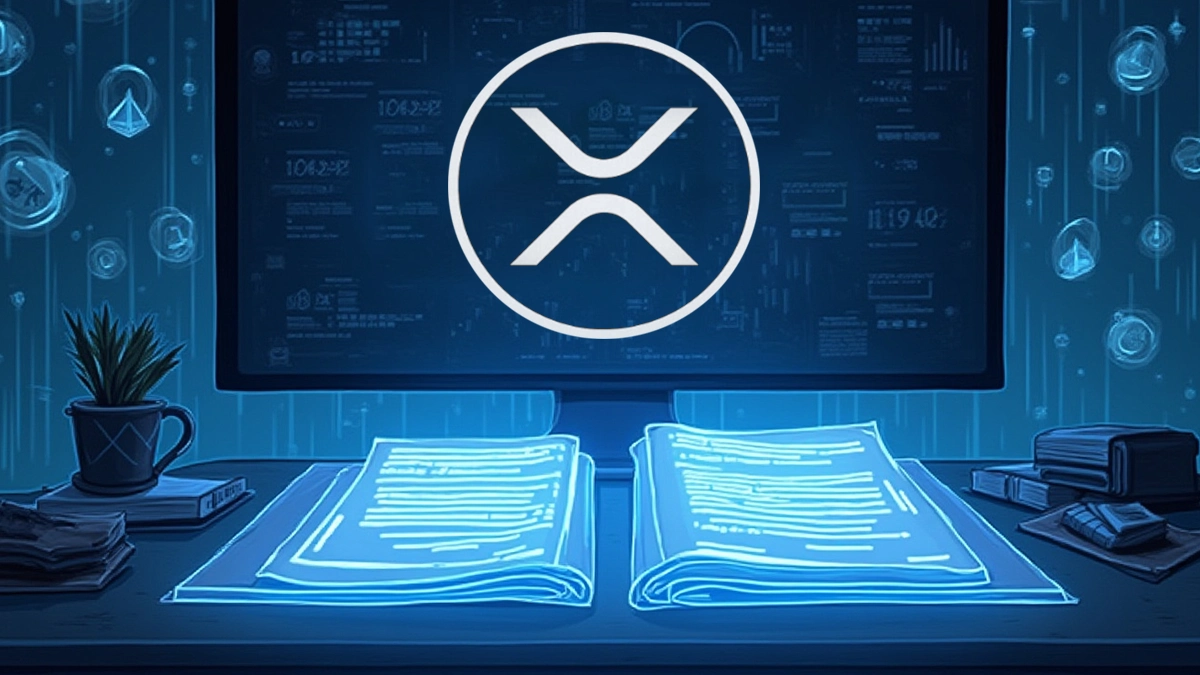- XRP’s price drops 17.78%, testing key support at $1.70 amid rising sell-off.
- Surge in volume signals panic exits, suggesting broader market decline for XRP.
- RSI shows XRP may bounce short-term, but resistance at $1.90 limits recovery.
XRP is facing intense downward pressure as the cryptocurrency struggles to hold its ground above key support zones. The price has plunged by 17.78% in the past 24 hours, sinking to $1.74. This steep decline follows a prolonged downtrend that began after XRP touched a recent peak near $2.12. As selling accelerates, investors are growing cautious, especially with technical indicators flashing warning signs.
Key Support Levels Under Threat
At present, XRP is testing a crucial support area around $1.70. This level previously served as a base for short-term consolidation. If sellers manage to push the price below this mark, the next visible support lies at $1.65. A break under this zone could signal a deeper correction, possibly dragging the price toward $1.60. The support structure appears fragile, especially in the face of increasing selling volume.
Besides price action, trading activity offers further insight. Volume has surged by over 263%, suggesting a wave of panic-driven exits. This spike in volume shows that the current selloff is broad-based rather than a result of routine fluctuations. The market cap has also dropped sharply by 17.78%, confirming the decline is systemic.
Resistance Levels and Possible Relief Rally
On the upside, XRP faces immediate resistance at $1.90. Previous attempts to reclaim this level failed, indicating that sellers are firmly defending it. If bulls manage to gather strength and push above $1.90, the next psychological barrier stands at $2.00. This area also aligns with a past support that has now flipped into resistance.
Moreover, technical indicators hint at a potential bounce. The Relative Strength Index (RSI) is hovering at 28.81, firmly in the oversold territory. This suggests that XRP may be due for a short-term relief rally, though it would likely remain capped unless volume supports a bullish reversal.
Additionally, the MACD continues to show a bearish crossover. The MACD line remains below the signal and zero line, reflecting the prevailing negative sentiment. The histogram is still red and declining, indicating growing downside pressure.














